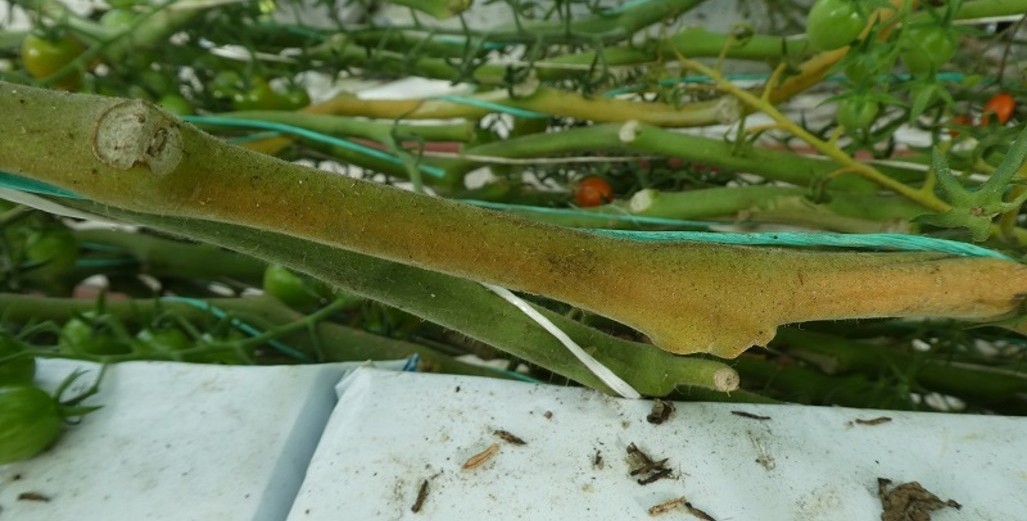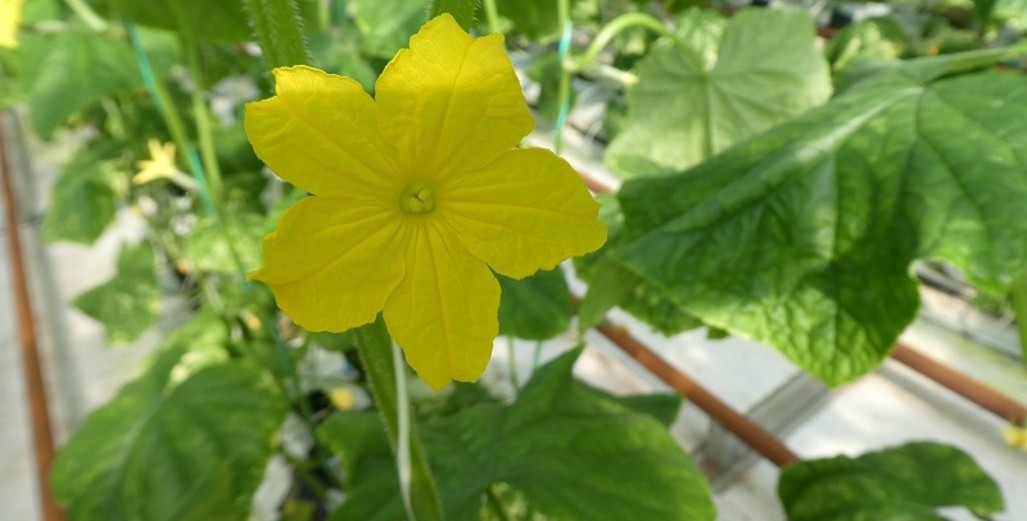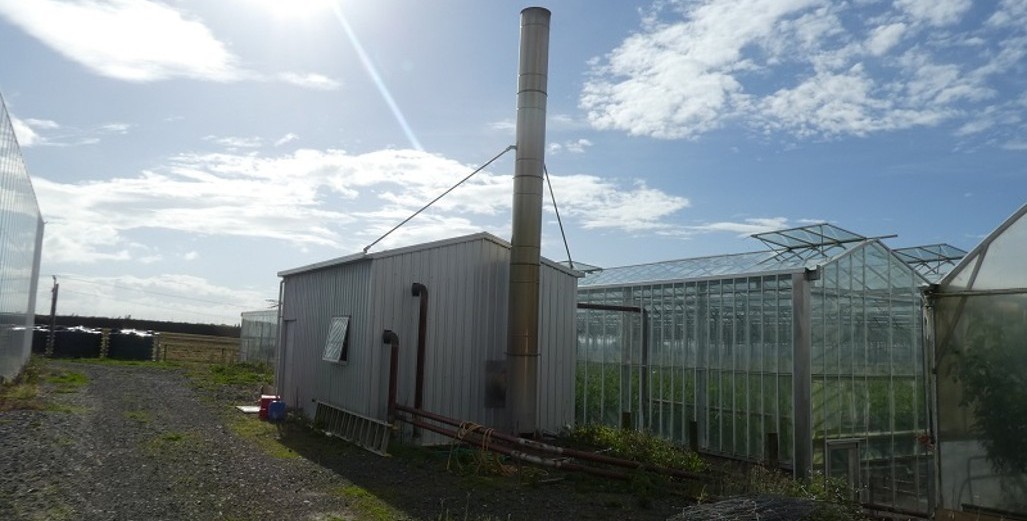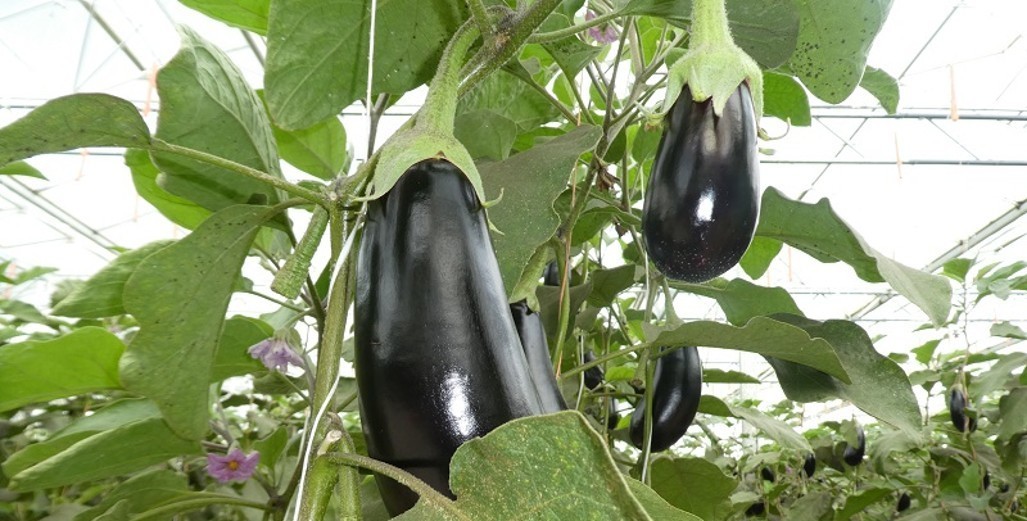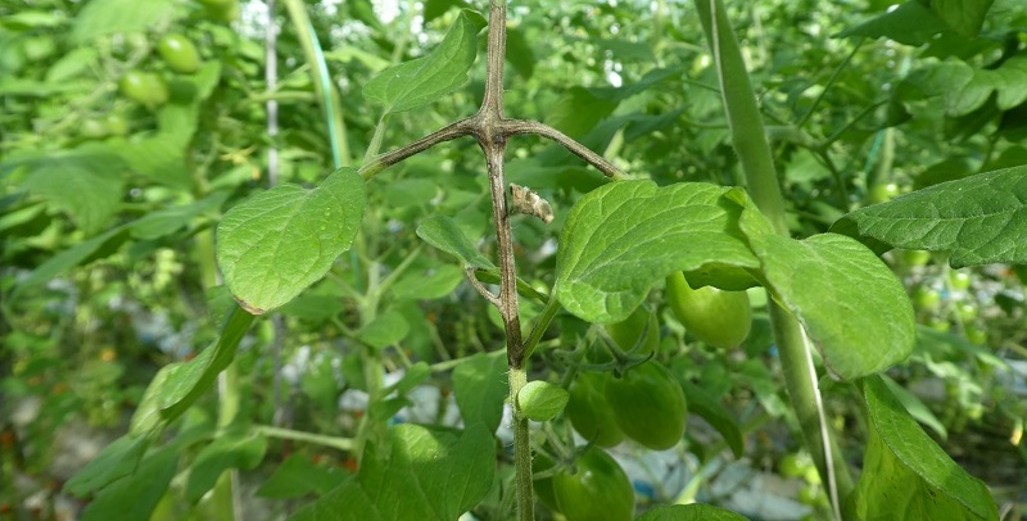Apex Greenhouses Sales Manager Peter Holwerda,
Approaching Thirty Years’ Service to the NZ Greenhouse Industry and Still Going Strong
This November Peter Holwerda will celebrate thirty years’ service with Apex Greenhouses, formally known as Faber Greenhouses. In that time Peter has led a professional team that has revolutionised the greenhouse building industry in New Zealand and Australia. This article recognises his enormous contribution to the growing industry.
The Early Years
In 1953 Peter’s parents immigrated to New Zealand from Holland. Peter was born three years later in Thames. Peter’s parents were dairy famers and he began his farming journey on a property in Turua. After some years the family moved to a dairy farm in Waiuku. Peter went to Waiuku College. When he was seventeen an opportunity arose to work at the local National Bank. Peter worked there for three and a half years. At the age of twenty he decided to do his overseas experience in Europe, basing himself in Holland.
When Peter returned to New Zealand he secured a job in the Finance industry, in Auckland, and a few years later married and purchased a house in Papakura. In 1981 Peter and his wife decided they wanted to try dairy farming, so they sold their house in Papakura and purchased a herd of cows. They were able to secure a share milking job on a farm in Waiuku. For the next seven years his life revolved around dairy farming and growing his family, with the arrival of his three sons. After seven years of milking a new opportunity arose so the decision was made to end farming, sell the herd and move to work in the building trade. Throughout this time Peter built his family home in Waiuku.
Fabers
In early 1988, soon after Peter had started his new building career, he was approached by friend of the family Leo Faber, who asked if he would like a job working for his company in the greenhouse building industry. The package offered to Peter was too good to turn down and the rest, as they say, is history. Today his job role is that of Sales Manager, but throughout the thirty years involved with Apex, he’s been involved in all aspects of the management including becoming the General Manager in 1992. Peter fondly remembers the time when Leo went on holiday for six weeks in 1990. He took the opportunity to make up spread sheets and changed the accounts from the old-fashioned manual system to a computerised system. His knowledge in the banking and finance industry was a great advantage for the company.
Technology Progression
Technology has changed a significant amount in the last thirty years. Leo was the first to introduce the Venlo Greenhouses to New Zealand. It started at a height of 2.7 meters to the gutter then went up to 3 meters then 4 meters in 1995. Today, Apex Greenhouses will build up to a gutter height limit of 7 meters! Structures have changed from steel to a lot of aluminium extrusion and now there has even been the clever development of truss posts. The type of glass available has evolved from float glass to low iron and diffused glass. A big change in glass occurred when the toughened glass (safety glass) was introduced 12 or so years ago. Shade/energy screens have been around for twenty five years but they are now becoming more popular for their energy saving potential.
During Peter’s tenure Apex has evolved from building glasshouses and plastic houses to now supplying the market with a few different designs and their very own retractable roof system. They are also able to provide turn key developments. Peter said “We are always following trends in Holland, in glass, new equipment and greenhouse design. Peter thinks there is constant demand to move towards automation and labour saving.

The truss post enables even spacing of hanging gutters.
Growing the Business Internationally
In the early 2000’s the opportunity to grow the business and move into the Australian market presented itself. Peter would travel to Australia every eight weeks, for three or four days, forming relationships that would see the company become what is now- a significant supplier of greenhouses and equipment into the Australian market. Apex have also built greenhouses in Taiwan and Fiji, and are now receiving enquires from as far a field as India.
The New Zealand Market
During the past 3 decades, Peter estimates he has been involved with building greenhouses that would cover more than two hundred and fifty hectares. They involve a diverse array of growers, mainly vegetable and flower growers, but this is expanding to other areas like nurseries and Botanic Gardens. The company has built greenhouses’ from Kaitia to Invercargill. His most recent role as Sales Manager allows him to spend more time with his customers, he particularly enjoys this and working with all the different growers, cultures and building strong, trusting working relationships.
Hobbies
These days, outside of the building industry, Peter is a keen hot rod car enthusiast and is a member of the Waiuku Hot Rod Club. He loves to go cruising and work on his cars.
Life
Peter has had some extremely difficult personal issues to endure, including eleven months away from work dealing with his own ill health, just a few years after the sad passing of his wife in 2007. Considering all life has given him he has always been extremely professional and committed to his work and customers. Although he is not a grower he has been an integral cog in the growing wheel. He is held in high regard amongst all the greenhouse growers he has helped over the past three decades. There is no thought of retirement and no desire to work for any other company, “It’s been a crazy ride, even when its quiet its busy but essentially we are still building greenhouse businesses like we were thirty years ago”. Long may it continue.

This classic 1932 Ford Tudor Sedan is part of Peters collection. Below is his 1953 Chevy pickup.
Peter will celebrate thirty years service this November.
I appreciate your comments. Please feel free to comment below or on the grower2grower Facebook page:
https://www.facebook.com/StefanGrower2grower/
Article Written by Stefan Vogrincic, Consultant, Grower2Grower




